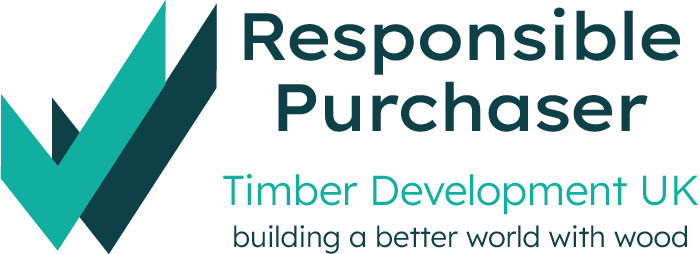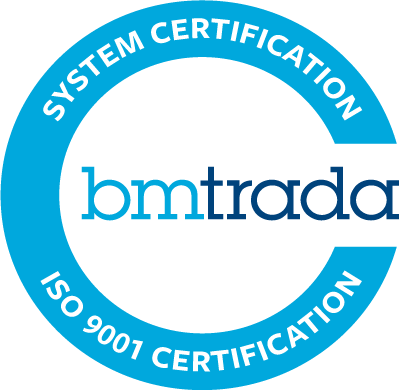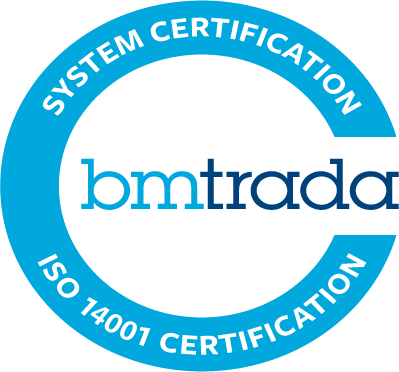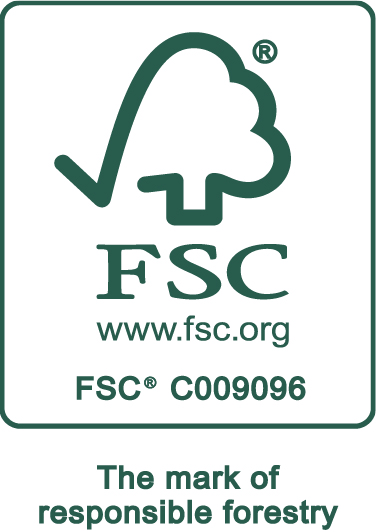A diverse and multi-faceted range of Hardwood Plywood products, carefully sourced and suitable for a wealth of applications.
Plywood
Panels comprising of at least three layers (or ‘plies’) of thin wood bonded together with an adhesive. Each ply is usually orientated at a right angle to the adjacent layer in order to improve strength and reduce the probability of shrinkage.
The outer layers of the board are commonly referred to as the ‘face’ and ‘back’ and are graded based on quality. The intermediate layers are collectively known as the ‘core’. Plywood glue is produced and tested for suitability in interior, humid and exterior applications.
A full range of plywood in a wide variety of thicknesses, sizes and types are immediately available ex stock.
The 2012 edition of EN 636 retains the designations -1, -2 and -3 from the previous three part standard to represent dry, humid or exterior conditions of use.
The environmental conditions for which each of these types of plywood are considered suitable are defined according to the parameters laid down for use classes in BS EN 335 (Durability of wood and wood-based products)
Dry Conditions: For interior applications with no risk of wetting, defined in Use Class 1, with a moisture content corresponding to environmental conditions of 20°C and 65% relative humidity.
Humid Conditions: For use in protected exterior applications as defined in Use Class 2, with a moisture content corresponding to environmental conditions of 20°C and 85% relative humidity.
Exterior Conditions: For use in unprotected external applications, as defined in Use Class 3, where the moisture content will frequently be above 20%.
EN 636 also introduces bending strength and modulus of elasticity classes based on bending tests to EN 310. These give a designated strength (F) and modulus (E) parallel and perpendicular to the face grain.
A general purpose (non-structural application) plywood sheet must be tested to EN 310 and meet the minimum values recorded in EN 636 (F3 & E5). These characteristic values for a panel intended to be used in structural applications must also be tested to EN 789 – Determination of mechanical properties of wood based panel products (or derived by cross-referencing EN 12369-2). EN 789 tests bending, compression, tension, panel shear and planar shear; this makes it much easier to obtain design values when specifying plywood according to Eurocode 5.
Plywood is produced with glue bonds which range from those suitable for interior uses only, to those which will withstand full exposure for long periods.


BS EN 314-2 Plywood bonding quality. Requirements define three classes on the basis of test requirements that the plywood bond must meet:
Class 1: Dry conditions (interior, dry uses).
Class 2: Humid conditions (protected external service, ‘damp’ internal uses and limited exposure during construction).
Class 3: Exterior conditions (exposure to weather over substantial periods or continuous exposure to relative high humidity).
Class 3 bonds are a requirement for plywood to comply with BS EN 636-3. The bonds are largely comparable with what were known as WBP – weather and boil-proof bonds (to BS 6566 Part 8, now withdrawn), except that the requirement that effectively they be made with phenolic-type glues has now been dropped. To qualify, the bond must now meet the stipulated test requirements.
For full phenol glue bonds, the pre-treatment method for exterior conditions listed below can be used with the 72 hour boil test (indicative of WBP) can be used as a test of confirmation.
The specification of wood based panel products using EN 636 and the harmonised European standard EN 13986, serve not only to determine the performance of wood-based panel products, but also align their intended use with Eurocode 5.
The Eurocodes are a collection of standards that provide a common framework for structural designers, allowing them to comply with national building regulations throughout the European Economic Area. Eurocode 5 (EN 1995) focuses on the design of timber structures in particular, and is to be used in conjunction with EN 1990 (Basis of structural design) and EN 1991 (Actions on structures) in order to employ the correct rules and formulas to produce a compliant specification.
Please click here for more information on Eurocode 5 provided by TRADA.


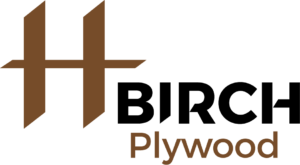

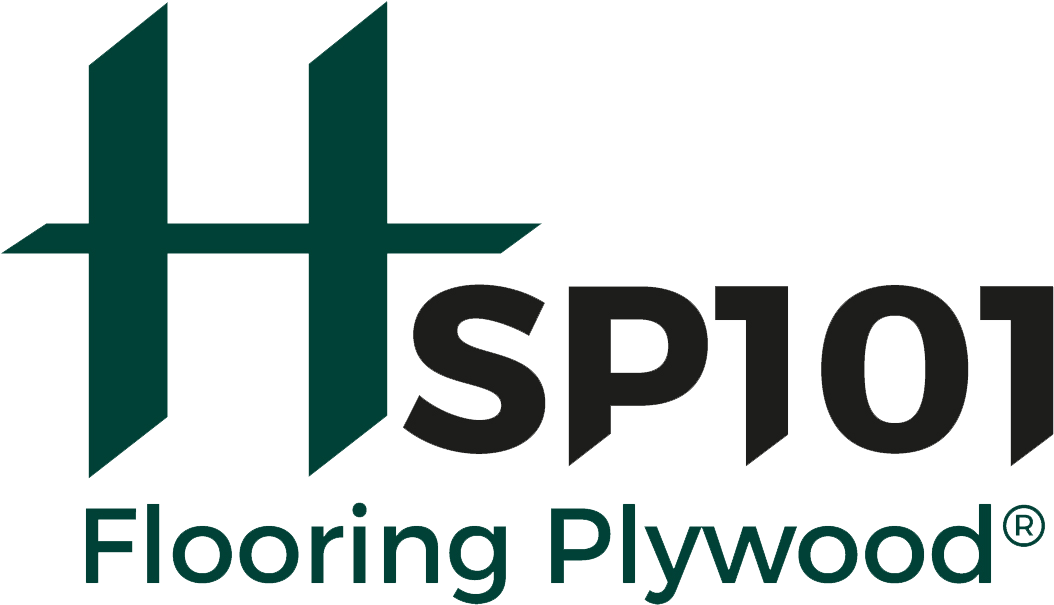





Far Eastern Type Plywood
(Malaysian/Indonesian/
Chinese)








Far Eastern Type Plywood
(Malaysian/Indonesian/
Chinese)




Marine Plywood BS1088
(Independently Verified)
All internal joinery, flooring underlay, pipe boxing, doors, hatches, weight saving applications etc.
Flooring, walls, roof decking, linings, hoardings, protection etc.
Construction - Floors, walls, roof decking, soffits, linings, signs etc
Plywood specifications
Plywood specifications
Plywood specifications.
